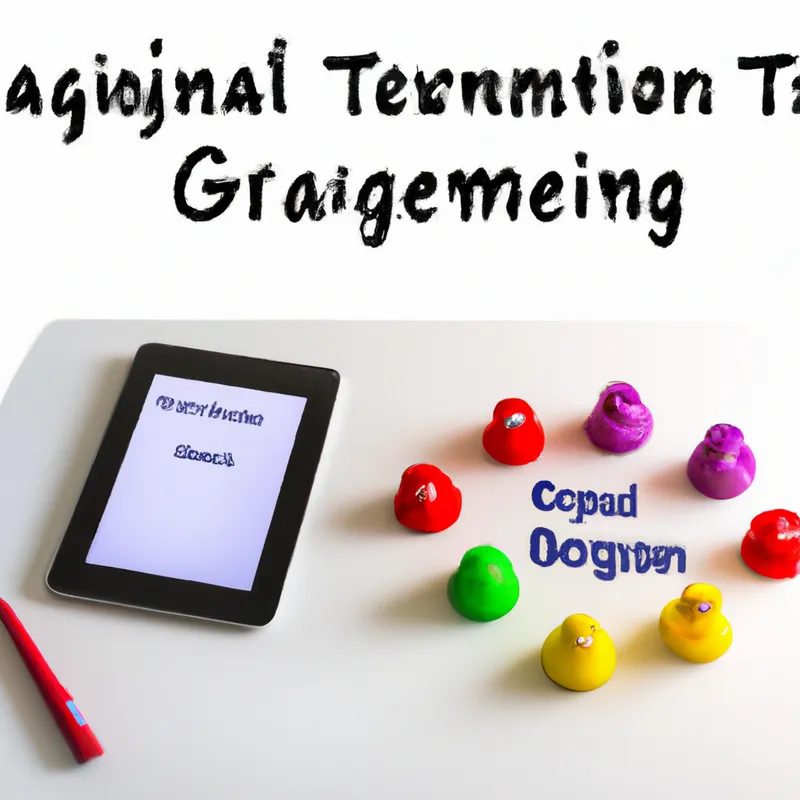Boost Online Training with Engaging Gamification Techniques
The Role of Gamification in Online Group Training Engagement
Online training plays a vital role in professional development. Organizations increasingly rely on virtual platforms for flexible, accessible training programs. However, keeping participants engaged presents significant challenges. Gamification addresses this issue effectively. By incorporating game-like elements, organizations boost engagement and motivation. This blog explores gamification’s impact on online group training and offers practical implementation tips.
What is Gamification?
Gamification integrates game mechanics into non-game contexts. It uses points, badges, leaderboards, and challenges to enhance user experience. People enjoy games because they provide achievement, competition, and fun. In training, gamification transforms mundane tasks into exciting challenges. This approach makes the learning process more engaging and effective.
Why Use Gamification in Training?
Gamification offers numerous benefits for training. First, it creates achievement and progression feelings. Participants become motivated to complete tasks and earn rewards. This motivation fosters a positive learning environment. Additionally, gamification encourages participation and healthy competition, driving deeper engagement with the material.
Gamification also improves information retention. Active engagement helps learners remember content long-term. Studies show that gamified experiences enhance knowledge retention and application. Organizations can boost training effectiveness by using gamification.
Tips for Implementing Gamification in Online Training
1. Define Clear Objectives
Establish clear goals for your training program before implementing gamification. Determine what you want participants to achieve. Focus on mastering skills, completing modules, or improving collaboration. Clarity guides your gamification efforts and helps design relevant game mechanics.
2. Choose the Right Game Elements
Select appropriate game mechanics for effective gamification. Different elements serve various purposes. Points systems reward participation and effort. Badges recognize specific achievements or milestones. Leaderboards create competition, motivating participants to strive for the top. Understand your audience to tailor these elements effectively.
3. Incorporate Challenges and Rewards
Challenges form the heart of gamification. They keep participants engaged and encourage real-world knowledge application. Create tasks that promote critical thinking and problem-solving. Offer tangible rewards, like gift cards, or intangible ones, like recognition. This approach fosters accomplishment and motivates participants.
Conclusion
Gamification enhances engagement in online group training. It transforms learning experiences, motivates participants, and improves knowledge retention. By implementing gamification, organizations can create effective training programs.
Below are related products based on this post:
FAQ
What is gamification and how does it apply to online training?
Gamification integrates game mechanics into non-game contexts, such as training programs. It utilizes points, badges, leaderboards, and challenges to make learning more engaging. By turning mundane tasks into exciting challenges, gamification enhances the overall training experience and improves participant motivation.
What are the benefits of using gamification in training?
Gamification offers several benefits, including increased motivation through feelings of achievement and progression. It encourages participation and healthy competition, leading to deeper engagement with the training material. Additionally, gamification enhances information retention, helping learners remember content more effectively over the long term.
What are some tips for implementing gamification in online training?
To effectively implement gamification, start by defining clear objectives for your training program. Choose the right game elements, such as points systems, badges, and leaderboards, tailored to your audience. Incorporate challenges that promote critical thinking, and offer both tangible and intangible rewards to keep participants engaged and motivated.















Post Comment